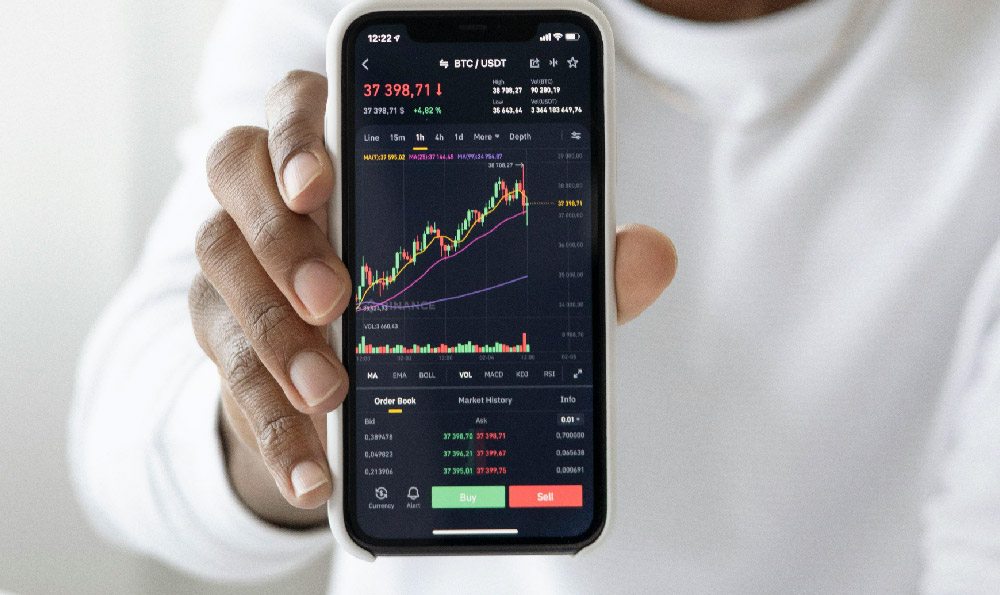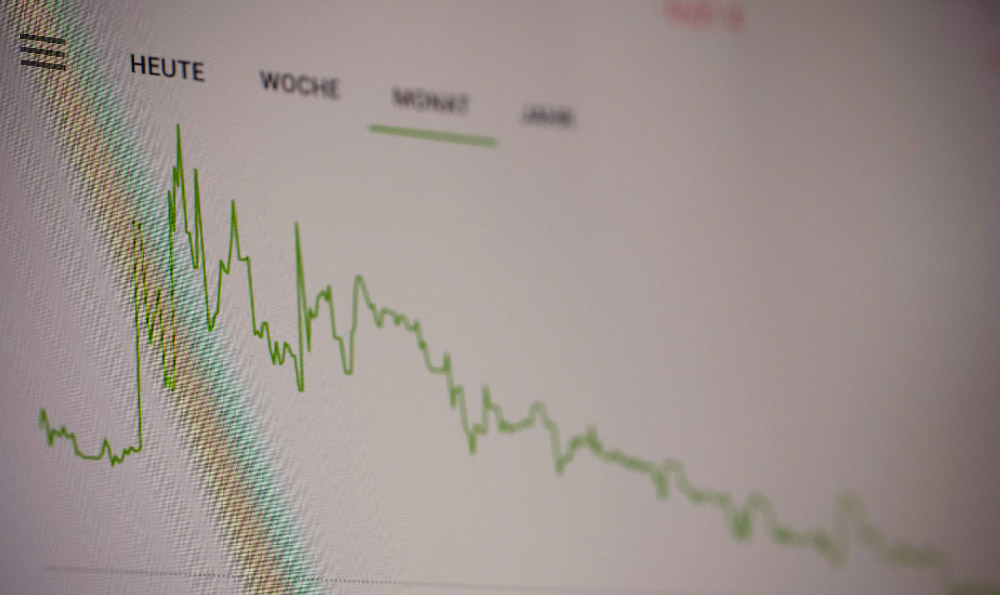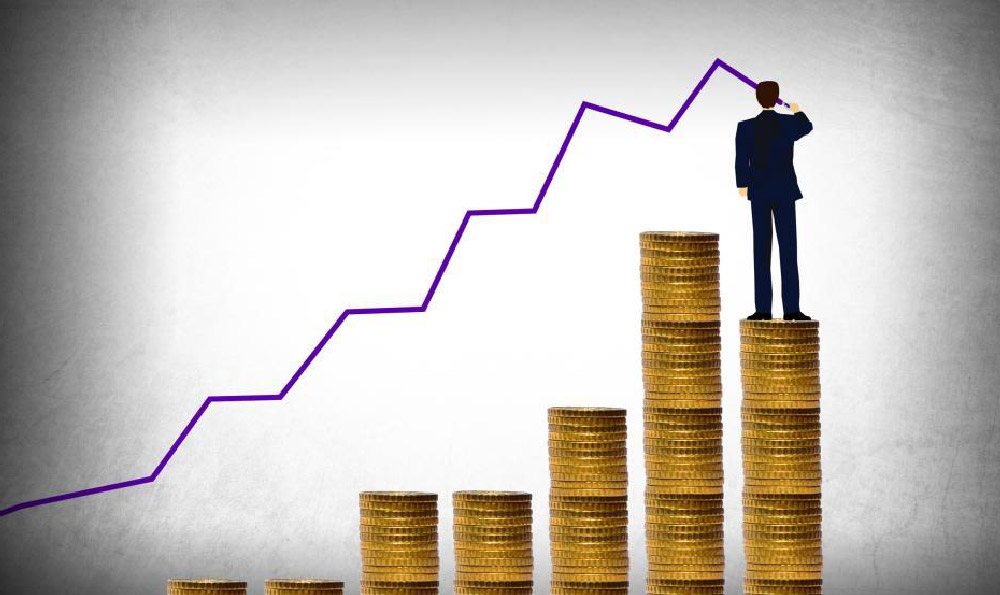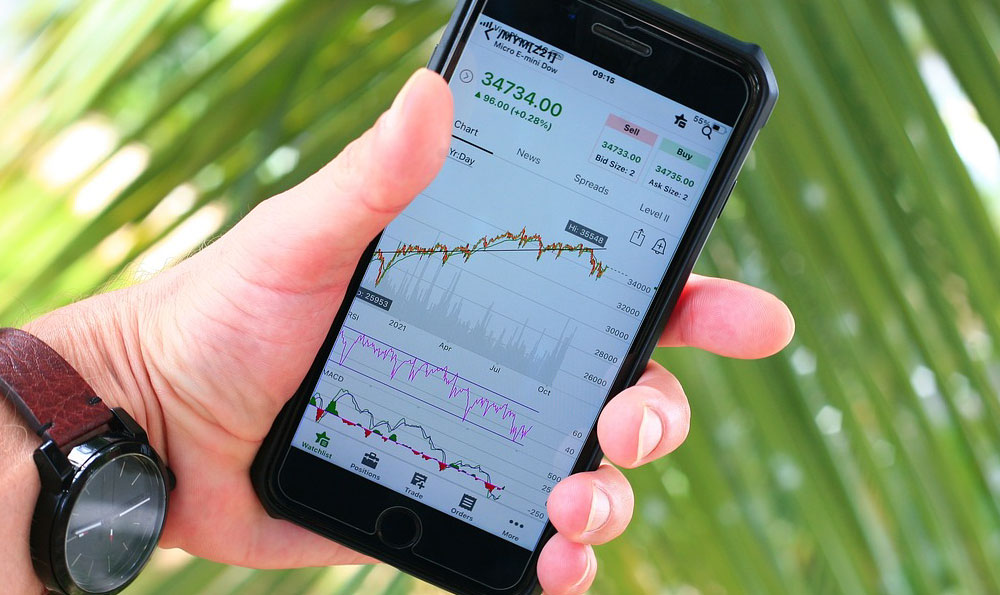Ripple (XRP) presents a compelling case in the cryptocurrency landscape, distinct from Bitcoin and Ethereum. Understanding its purpose, technology, and market dynamics is crucial before considering an investment. Ripple Labs, the company behind XRP, aims to revolutionize global payment systems. Unlike traditional cryptocurrencies intended for decentralized transactions, XRP focuses on facilitating faster and cheaper international money transfers for financial institutions. This makes it a payment protocol rather than solely a cryptocurrency.
The core technology behind XRP is the Ripple network, a real-time gross settlement system (RTGS), currency exchange, and remittance network. XRP acts as a bridge currency, allowing for faster and cheaper conversions between different fiat currencies. Imagine a bank in the US needing to transfer funds to a bank in Japan. Instead of going through traditional correspondent banking channels which can take days and incur high fees, they can convert USD to XRP, then XRP to JPY, with the transaction settling in seconds and at a fraction of the cost. This is the value proposition that Ripple Labs offers.
Investing in XRP requires a thorough understanding of its specific risks and potential rewards, far beyond the general understanding of cryptocurrency investing. Firstly, the centralization of XRP is a significant point of concern for many crypto enthusiasts. While Bitcoin boasts decentralization and community governance, Ripple Labs holds a substantial amount of XRP. This raises questions about price manipulation and the overall independence of the network. Although Ripple Labs has taken steps to lock up a significant portion of their XRP holdings in escrow, the control they still wield is undeniable.
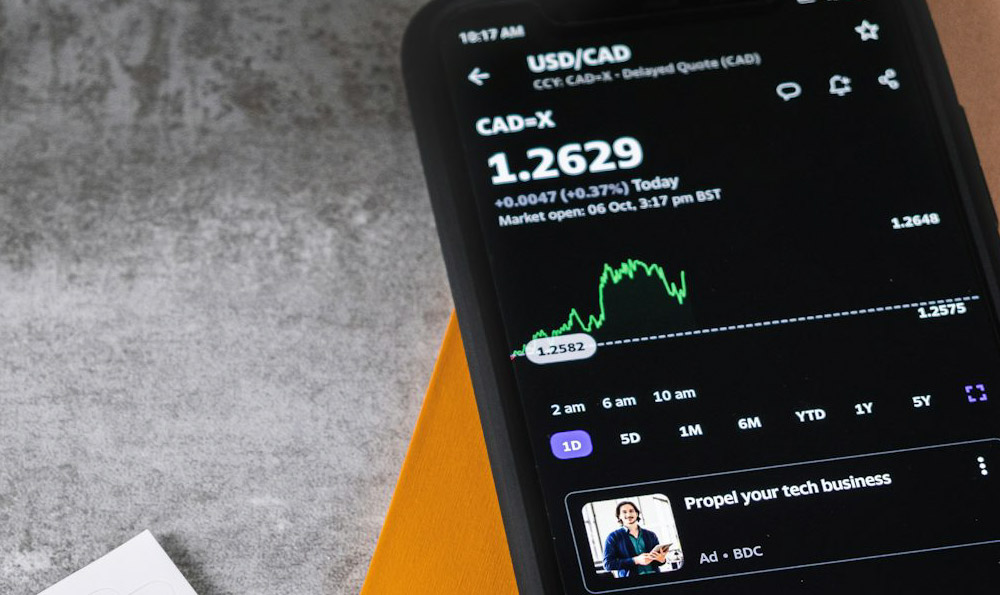
Secondly, the regulatory landscape surrounding XRP is constantly evolving and often uncertain. The ongoing legal battle between Ripple Labs and the Securities and Exchange Commission (SEC) in the United States has cast a long shadow over the future of XRP. The SEC alleges that XRP was offered and sold as an unregistered security, a claim Ripple Labs vehemently denies. The outcome of this lawsuit will have a profound impact on the price of XRP and its availability on various exchanges. Investors should carefully monitor these developments and understand the potential ramifications of either a victory or a loss for Ripple Labs. A victory could significantly boost confidence and price, while a loss could lead to delisting and further regulatory scrutiny.
Thirdly, consider the competition. While XRP aims to streamline international payments, it faces competition from other cryptocurrencies and traditional payment systems. Other blockchain-based solutions are emerging, offering similar functionalities. Swift, the traditional system used for international bank transfers, is also adapting to the changing landscape and exploring new technologies to improve efficiency and reduce costs. Therefore, Ripple needs to continue innovate and prove its superiority to maintain its competitive edge.
Before investing in XRP, conduct thorough research. Start by understanding the underlying technology and the problem it aims to solve. Read the Ripple Labs whitepaper and stay up-to-date on the latest news and developments. Analyze the market capitalization, trading volume, and price history of XRP. Compare it to other cryptocurrencies and payment systems to assess its relative value.
Diversification is key in any investment strategy, and cryptocurrency is no exception. Avoid putting all your eggs in one basket. Allocate a portion of your portfolio to XRP that you are comfortable potentially losing. Remember that the cryptocurrency market is highly volatile, and prices can fluctuate dramatically.
Consider Dollar-Cost Averaging (DCA). This involves investing a fixed amount of money at regular intervals, regardless of the price of XRP. This strategy helps mitigate the risk of buying at the top and can smooth out your returns over time. For instance, instead of investing $1000 in XRP at once, you could invest $100 every week for 10 weeks.
Use reputable exchanges and wallets. Choose exchanges with strong security measures and a proven track record. When storing your XRP, consider using a hardware wallet or a secure software wallet to protect your funds from hackers. Enable two-factor authentication (2FA) for an extra layer of security.
Stay informed and adapt your strategy as needed. The cryptocurrency market is constantly evolving, so it's important to stay up-to-date on the latest news and trends. Monitor your investment regularly and be prepared to adjust your strategy based on market conditions and your risk tolerance.
Is it wise to invest in Ripple? The answer is not a simple yes or no. It depends on your individual circumstances, risk tolerance, and investment goals. If you believe in the long-term potential of Ripple's technology and its ability to revolutionize international payments, and if you are comfortable with the risks involved, then investing in XRP may be worth considering. However, it's crucial to approach it with caution, do your homework, and diversify your portfolio to mitigate the risks. Always remember that past performance is not indicative of future results, and cryptocurrency investments can be highly speculative. The future of XRP is tied to its ability to navigate the regulatory challenges, maintain its competitive advantage, and achieve widespread adoption by financial institutions. Only with careful consideration and a well-defined investment strategy can you make an informed decision about whether or not to invest in XRP. Treat it like any other investment - due diligence is paramount. Don't be swayed by hype or fear, rely on solid research and informed judgement.


